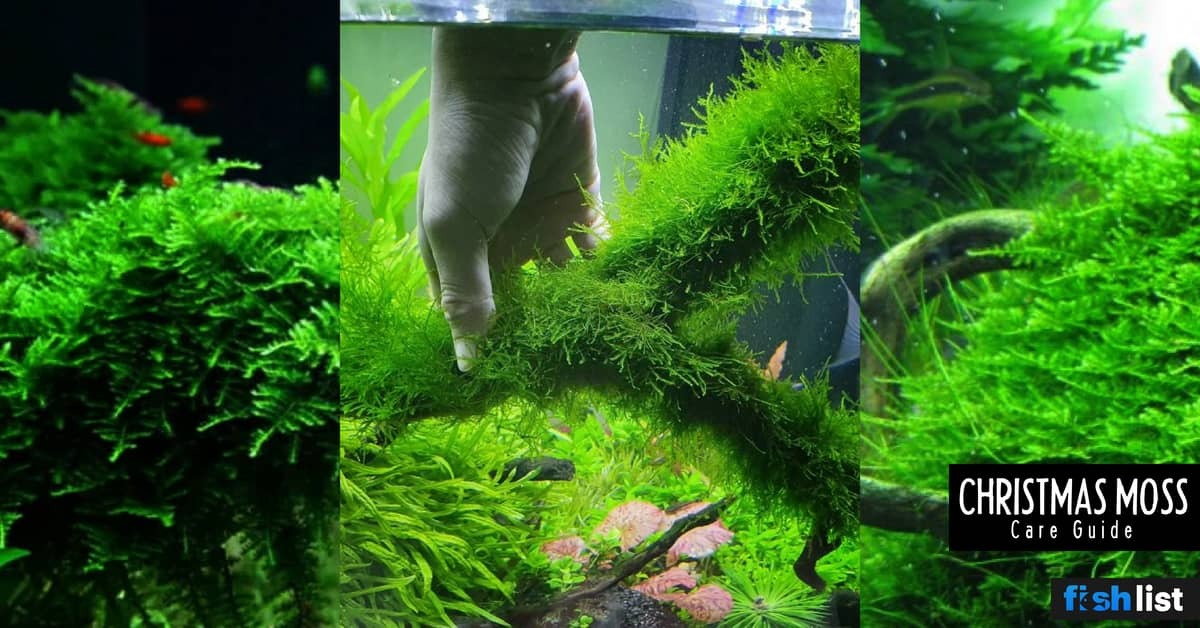
Fish that thrive in freshwater will require freshwater plants in the tank. Keep in mind that fish are sourced from varied environments, with both warm and cold water temperatures. This goes for plants as well. Before you purchase, make sure you keep these requirements in mind and ensure you are buying the right species of plants to adapt to the conditions your fish will need.
There are four primary types of freshwater plants: Ferns, Mosses, Rosette Plants and Stem Plants. There are pros and cons to each. Ferns & Mosses are easy to propagate and are both non-flowering but add lots of green to your tank. The mosses will like to attach to something like a rock or an ornament; it will help if you can loosely tie them to something to help them along.
Stem plants and Rosettes are flowering plants. Stem plants are easy to grow and easier to propagate than Rosettes; however, Rosettes are those beautiful flowering plants that will be the centrepiece of your aquarium. Keep in mind that although beautiful, these Rosette plants will require a bit more attention and care.
The amount of energy and time you are willing to spend on caring for your live aquarium plants will dictate the type of plant you'll want to invest in. If you are planning to spend a lot of time on your aquarium, spring for the Rosettes and make your aquarium shine! If you don't have a lot of time, go for a steam plant or fern or moss instead. Another key consideration is the size of your tank; some plants will grow quite large. You'll also want to plan out how many plants you need based on the size.
READ NEXT: Christmas moss
Once you've decided on what type of plant you wish to introduce to your tank, you'll want to find a reliable place to buy from. The best option is a cutting from someone you know or a pet or fish store that you trust. Plants can carry disease and parasites so you want to make sure you can trust the person or place you are buying from. As a general rule, it's a good idea to keep the plants you purchase in a separate container for a day or two for observation before putting them in the tank. Make sure to keep an eye out for tiny snails, these are somewhat common and are not something you'll want in your tank!
Live aquarium plants provide many benefits, including aeration and filtration; however, plants need light in order to produce these great benefits and others through photosynthesis. As with land plants, aquatic plants require different amounts of light depending on the species. Make sure you know how much light your plants need and purchase a lighting system in line with those requirements.
Finally, your plants will require upkeep. As the plants grow bigger, they will need to prune back, and brown leaves need to be removed. You will also need to clear the algae off the glass as this blocks the light from getting through to your plants. Not really a big job for all the benefits your live plants will bring.
https://aquariummind.wordpress.com/2020/11/19/freshwater-aquarium-plants/
https://telegra.ph/Live-Freshwater-Aquarium-Plants-11-19
https://teletype.in/@aquariummind/Aquarium-Plants
https://neontetrafish93.wixsite.com/mysite/post/aquarium-plants







